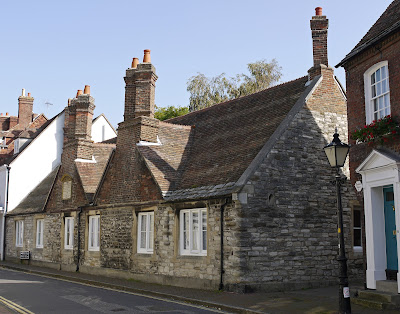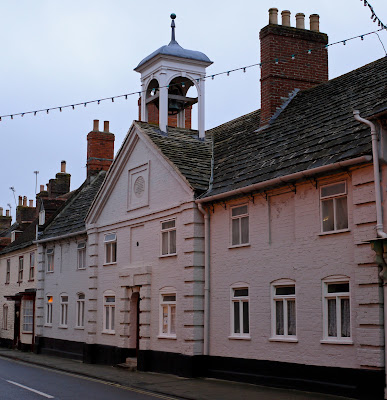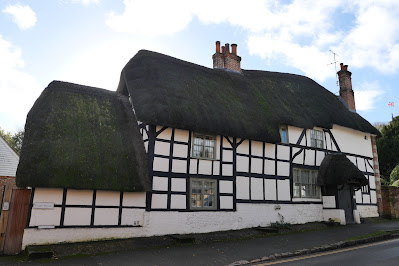
We start in Bournemouth with the very attractive Talbot Village Almshouses. Talbot Village Almshouses were endowed by two sisters Mary and Georgina Talbot in 1862. They were part of Talbot model village which was created by the sisters. They are still run by the Talbot Trust.
Our next stop, to the north, is the imposing Sir Anthony Ashley's Almshouses in Wimborne St Giles.
The almshouses are older than the nearby church of St Giles - they date from 1624 and were the gift of Sir Anthony. His grandson became the first Earl of Shaftesbury in 1660 and the title is still in the Ashley-Cooper family.
In Pamphill there is a former almhouse. In 1695 Roger Gillingham of the Middle Temple left property in Hackney, Stepney and Bedfordshire to trustees who were to 'lay out a sum not exceeding £400" to endow some almshouses. After the last almshouse occupant died in 1971 the County Council bought the whole range of the buildings, modernising so that the almshouses became part of the school building. The school became a first school for 5-9year olds in 1973 and still is.
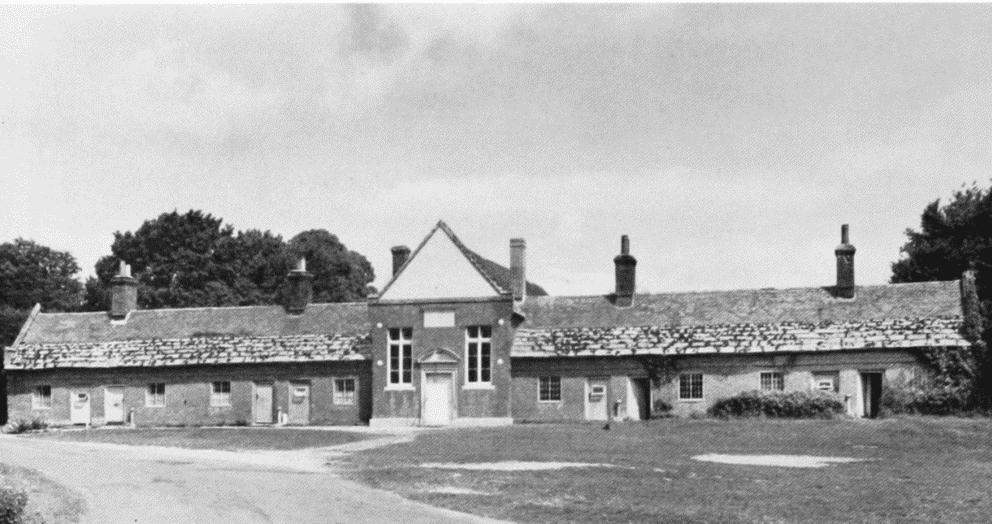
Continuing southwards we come to Wimborne Minster and St Margaret's Almshouses at the top of Victoria Road (B3082). There is also small church.
Coming now to Poole there are the St George's Almshouses in Church Street, which date from before 1429 (Pevsner). They could only be almshouses!
Heading Southwest to reach Corfe Castle you may spot the Jubilee House on the main road. It was formerly almshouses, but is now a private dwelling.
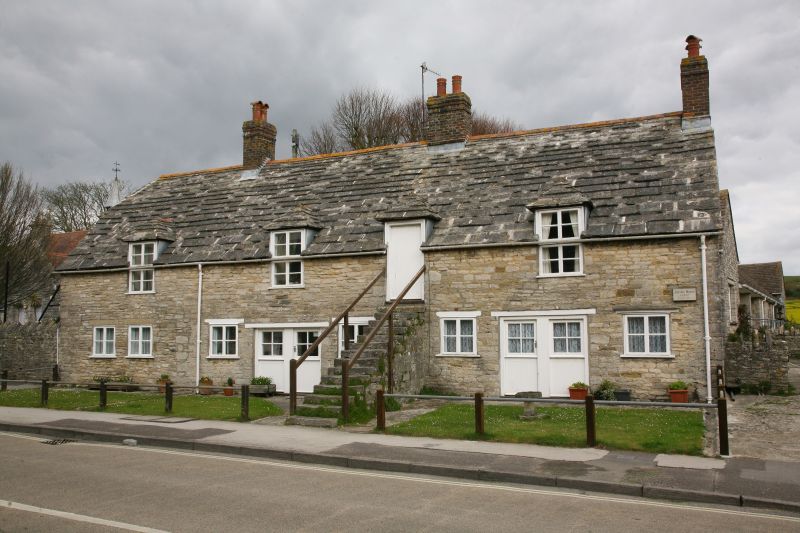
The next stop is Wareham where there is a fine group of Almshouses: Streches Almshouses. The plaque on the gable says these Almshouses were erected in 190, replacing former Almshouses of 1741 in East Street.


